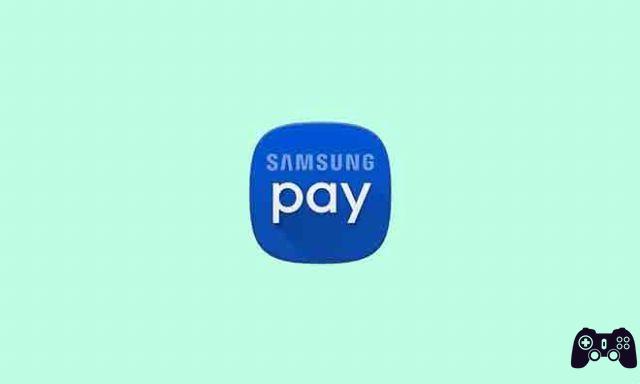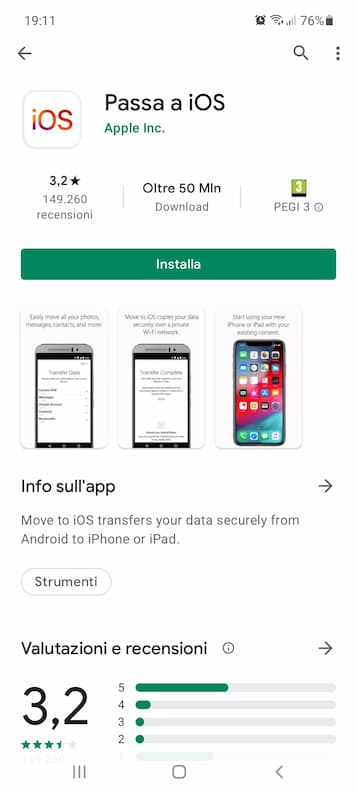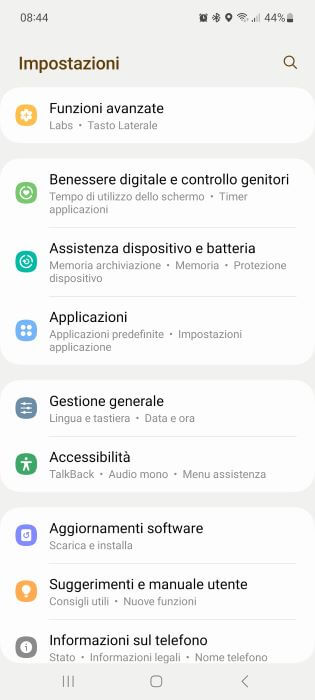
In this guide, we will list various methods to fix Samsung Pay not working problem on your device. This digital wallet and wireless payment service from South Korean giants have become one of the leading USPs of high-end Samsung devices.
Although most contactless payment methods use Near Field Communications, Samsung has taken it one step further. They have incorporated MST or secure magnetic transmission thus making communication with the terminal device much easier.
However, some users are experiencing errors with this feature. Concerns regarding the same are shared across Reddit and Samsung forums. In that regard, this guide will outline all the possible reasons why you might face this error.
After this, we will show you how to fix each of these issues which in turn should fix Samsung Pay Not Working issues. Follow for full instructions.
- How to fix Samsung phone microphone not working
How to fix if Samsung Pay doesn't work
For starters, the problems could be with the app itself. These could include using an outdated app, having a lot of temporary data, or the app doesn't have the required permission. Likewise, if battery optimizations and restrictions are put in place, or if the Embedded Secure Element is not enabled, you may also see the aforementioned error. Along the same lines, problems with your saved cards or NFC conflicting with MST could also be the culprit. That said, here are the steps to fix these issues that would fix Samsung Pay Not Working issue.
Fix 1: update the app
IF you are using an old or outdated version of the app, there may be some unpatched bugs. Therefore, it is recommended to update the app to the latest version. The same could be done from the Galaxy Store or the Play Store itself. Speaking of the latter, look for Samsung Pay and if there is an update button, tap on it and wait for the installation to complete. Then launch the app and check if the Samsung Pay not working issue is fixed or not.
Fix 2: delete cache and data
Sometimes, a lot of temporary data, caches and cookies could accumulate on this. If so, the app may have some problems working properly. So it is recommended to delete the cache and cookies of this app. Follow the steps below for the same.
- Go to Settings on your device.
- Then go to Apps and search for the Samsung Pay app. Within this, go to the Storage section.
- Tap Clear cache and check if the app works or not. If not, you will have to delete the data as well.
- This may remove all saved cards and you should set up the app again. That said, go to the Storage section and tap on Clear Storage.
Then launch the app, add your favorite cards and check if the Samsung Pay not working issue is fixed or not.
Fix 3: disable battery optimizations
Devices nowadays come with some handy battery optimization settings. They limit the activities, processes and apps in the background and, in turn, save a lot of battery consumption. However, in some cases, it might end up being a bit more restrictive and might limit an important process of this app. Therefore the best bet in this regard is to add the Samsung Pay app to the whitelist.
- Go to Settings on your device and go to Device Assistance.
- Within that, select Battery and tap Battery Usage.
- Then tap the overflow icon located at the top right and select Optimize battery usage.
- Now scroll to the Samsung Pay app and select the Do not optimize option.
- Launch the app and see if you can fix the Samsung Pay not working issue.
Fix 4: Select the high performance mode
First of all, if you have enabled Power Saver on your device, disable it for now. You can do the same directly from the Quick Settings switch. Once that's done, it's time to switch to high performance mode. Follow the steps below to do that:
- Go to Settings on your device and go to the Device Assistance option.
- Then tap Battery and select Power Mode.
- Now select the high performance (optimized) option.
- Likewise, you should also disable the Adaptive Power Saving switch located at the bottom.
When done, launch Samsung pay and check if it works or not. If the problem persists, here are some other solutions you may want to try.
Fix 5: Enable Embedded Secure Element
If you are using Samsung Pay via NFC and not via MST, you will need to enable the Embedded Secure Element
- To do this, go to Settings and go to the Connections menu.
- Scroll to the NFC and payment option and open its menu.
- Switch to the default NFC method and then select Embedded Secure Element.
- Start Samsung Pay and check if you are able to make the desired transaction.
Fix 6: Remove and then re-add the card
It is possible that your saved card details are corrupted and this bug prevents the card from being used. If so, you can remove that card and then add it again.
- For this, launch the Samsung Pay app and select the desired card.
- Then tap the overflow icon located at the top right and select Delete Card.
- Enter the PIN and the card will be deleted. Once done, restart the app and then go to its menu.
- Then select Cards and tap the Add Cards button.
- Now go to the Add Debit / Credit Card option and follow the on-screen instructions to add your preferred card.
Check whether or not it solves the Samsung Pay Not Working fix on your device.
Fix 7: disable NFC
As mentioned before, the app could use both NFC and MST. However, if you are using it on an MST terminal with the NFC option enabled, there may be some conflicting issues. Accordingly, we will ask you to disable the NFC option.
- Go to the Settings menu and tap Connections (or Other networks on some devices).
- Within that, uncheck the NFC option.
- Now launch Samsung Pay and try to perform the transaction.
If the problems persist, the MST test should be performed. Here's everything you need to know about it.
Fix 8: Check for secure magnetic transmission of the device
So even after doing the above methods, you still have problems, so it could be something to do with your device's MST. You can check the same right from your device as follows:
- Launch Dialer on your device and type * # 0 * #
- Tap the MST test option located at the bottom.
- Now go to the Continue section and tap Track 1 + 2.
- Bring the device to your ears and the young people should now hear a faint beep.
- If not, you may need to visit the Service Center and get it repaired.
Fix 9: grant the necessary permissions
If the app has not been granted the required permission, it may be able to function in this limited environment. The app does not display the Authorization dialog every time the app is launched. But you could force the app to do this the next time you open it. That's how:
- Go to Settings on your device and go to Apps or Application Manager.
- Go to the Samsung Pay app and then visit its Permissions section.
- Now disable all permissions and force quit the app.
- After that, restart the app and it will ask you to grant all necessary permissions. Tap Allow for each of these permissions and then check if this solves the Samsung Pay not working issue.
Fix 10: factory reset
If none of the above methods have given you desirable results, you may need to take the format path. In fact some users have managed to solve this problem after doing a factory reset.
The reason we mentioned this method in the end is because it will erase all data from your device. So, create a backup of your device in advance and then proceed with the recovery steps below:
- Go to the Settings page and tap General Management.
- Then go to Reset options and tap on Factory data reset.
- Finally, tap on the Reset button and wait for the process to finish.
- Once this is done, configure your device and launch the app. Your problem should now be solved.
With that, we conclude the guide on how to fix Samsung Pay Not Working problem on your device. we shared ten different methods for the same, please let us know which method managed to solve the problem.
Further Reading:
- Slow Wi-Fi / Internet connectivity issues on Samsung Galaxy A20
- Galaxy A20 camera problems
- Slow Wi-Fi / Internet connectivity issues on Samsung Galaxy A40
- How to restart the Samsung Galaxy A71 in safe mode
- How to restart the Samsung Galaxy A41 in safe mode






